French Country Travel Life Movies
French Country Travel Life Movies and their urban counterparts have had an enormous effect on Cinema goers Worldwide. Particular the up n’ comin’ generation of filmmakers. (DA BG included!)
It began, back in the 60’s, when the traditional French film industry was turned on it’s ear by a new generation of young Parisian filmmakers who called themselves the “French New Wave”
Our cineophile pal Laure Van Ruymbeke surfs the wave further for us:
Out of the studio and into the light
For a long time French movies had traditionally been shot in studios, resulting in Paris being represented in a reconstructed and rather conservative way. Moreover, scenes of the capital filmed during the war were not readily adaptable to the screen. Such imagery had become less palatable to the French public, who sought to escape its sombre, everyday reality.
Upon gathering in the ‘Cahiers du Cinéma‘ (Notebooks on Cinema) editorial room, the New Wave’s future filmmakers – who were, chiefly, theorists – realised how artificial such studio-shot scenes really were.
Helped by economic factors and rapidly evolving technology, these filmmakers decided to break free of the restrictions imposed on them by the era’s preferred aesthetics. By now it had become possible to film city scenes by night, and thanks to new high-speed reel, they were also able to use new lightweight cameras to shoot outdoors. In 1958, Louis Malle was the first director to try out these new technologies during the filming of ‘Elevator to the Gallows’.
This movie was followed by a series of experimental films which captured the turmoil occurring in the French capital, giving the cinema-goer a realistic impression of the city. These movies showed scenes that reflected a reality which were not retouched, dramatised or false.
The French capital as a background
The New Wave showed Paris from an alternative angle. The filmmaker walked the streets of the French capital with his camera on his shoulder, following the actors. The filmmakers’ determination to find an authentic perspective led to the creation of a documentary-style approach to the representation of places, people and everything in front of the camera lens.
In Jean-Luc Godard’s ‘Breathless’, Paris is depicted as if in a news report. The famed director’s preference for realism was evidenced by a multitude of shots of busy Parisian streets, buildings, coffee shops and historical monuments.
The soundtrack perfectly relays the outdoor cacophony of horns, engines, brakes, police sirens and other noises typical of a large city. We become submerged in a new world – a modern world in which the city is revealed to us.
Paris was again immortalised by the camera in Rivette’s ‘Paris Belongs to Us’, which reveals diverse aspects and districts of the French capital.
In the same vein, Eric Rohmer’s first movie ‘The Sign of Leo’ features a map of Paris as the film’s central motif where all of its plots begin and end.
Paris as a home town
François Truffaut’s ‘The 400 Blows’ is allows us to experience the everyday reality of life in Paris. The film is centred on Antoine Doinel, who, together with his friend René, plays truant and passes his days by walking the city, reading and going to the cinema.
In this film, Truffaut presents a touching and idealised version of Paris which serves as the backdrop to the life of the film’s hero, played by Jean-Pierre Léaud. Imbuing the film with authenticity, the director portrays Paris as a home town in a loyal and familiar way, affirming the city’s charm.
Read more HERE
THROW ME A BONE HERE, PEOPLE!
What are ya thinkin’?
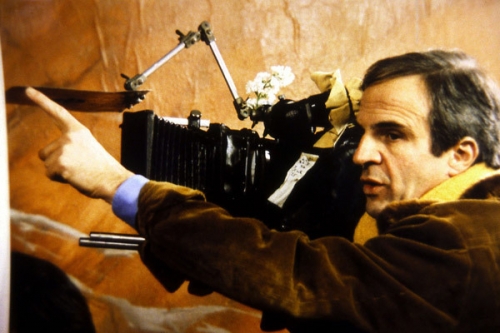
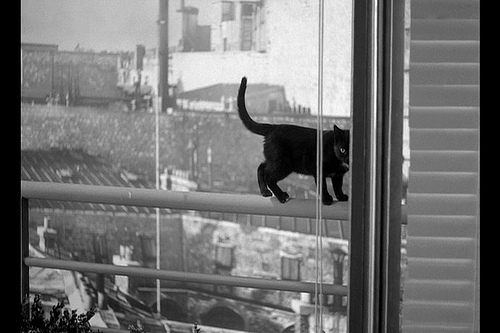
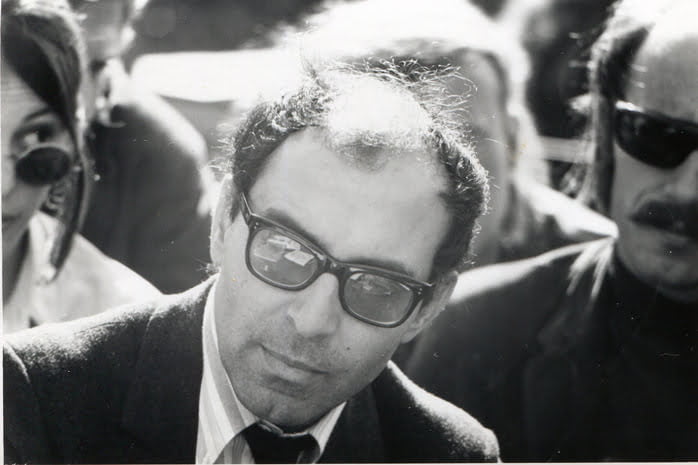
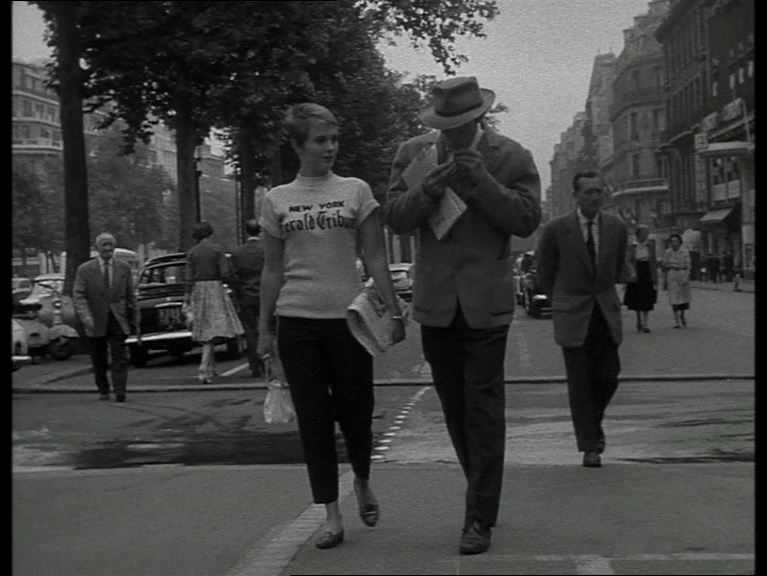
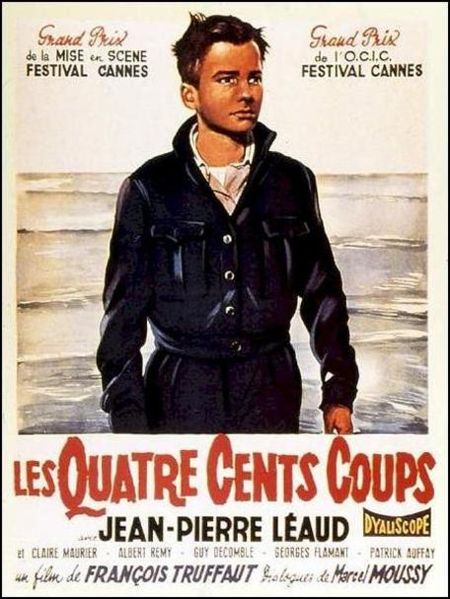

great flashback!…..must have been an exciting time to be a french fil maker then.
fascinating info..;with great depth….thanks for yet another slice of french history and culture mr BG!
good to see DA BG reminding us (and informing us at the same time..as he usually does!) that there is more to French History than just chateaus and churches.
great image of truffant §..and a equally great post – of course!
wondering if he was still alive?
roise…googling would tell you that he died in 1984. (you can google right?)
malcom…
and wikipedia would tell you that he played the part of scientist claude lacomb in speilberg’s “close encounters!”
WOW!…seems we got some detail oriented commentators here!..good to see!!!
this post takes us, at least for me, into the heart and soul of france…it’s personal cinema…which has influenced so many filmakers around the world.
good on ya bg for bringing this fascinating and important piece of french history and culture into the limelight.
a great post….certainly…but very sad about truffant…dying so young, i mean.
absolutely sheila……and he didn’t get to complete the last five films he wanted to do before retiring to write.
ok..bettina and sheila…true…but look on the bright side….he did make 25 films, influence an entire generation of film makers, and “have affairs with all of his leading ladies.” (he was, after all, french.)
after reading this…..i’m wondering how many famous film makers started as film critics?
sheial…..great point!…anybody got some answers?
gail…don’t have an answer….but another question: How many famous film makers started out as clerks in video stores?
jack..would the answer be ONLY quentin tarantion?
megan…no flies on you girl!
fantastic post!..but i’m puzzeled by the line about the fil makers “capturing the turmoil that was occuring in the city” In the late 1950’s – what turmoil?
well spotted hugo….i had the same question. anyone have any answers?
mark…ok…not in expert in French history….but.;late 1950’S…
turmoil……maybe..a lack of american refriderators? (lol)